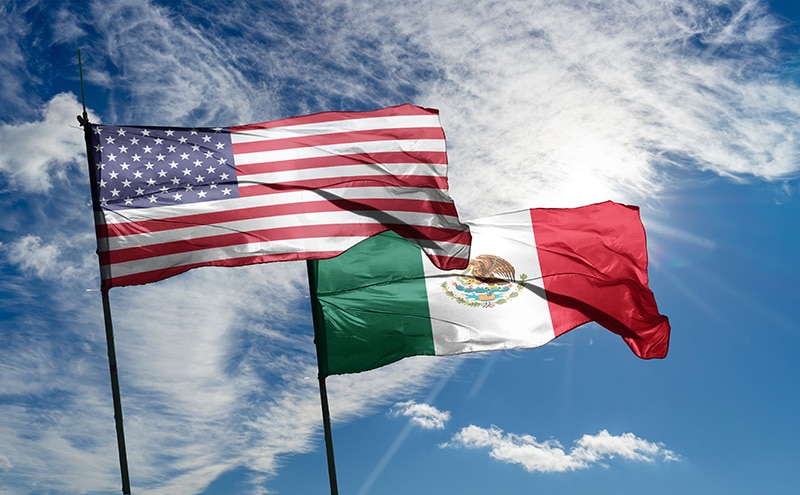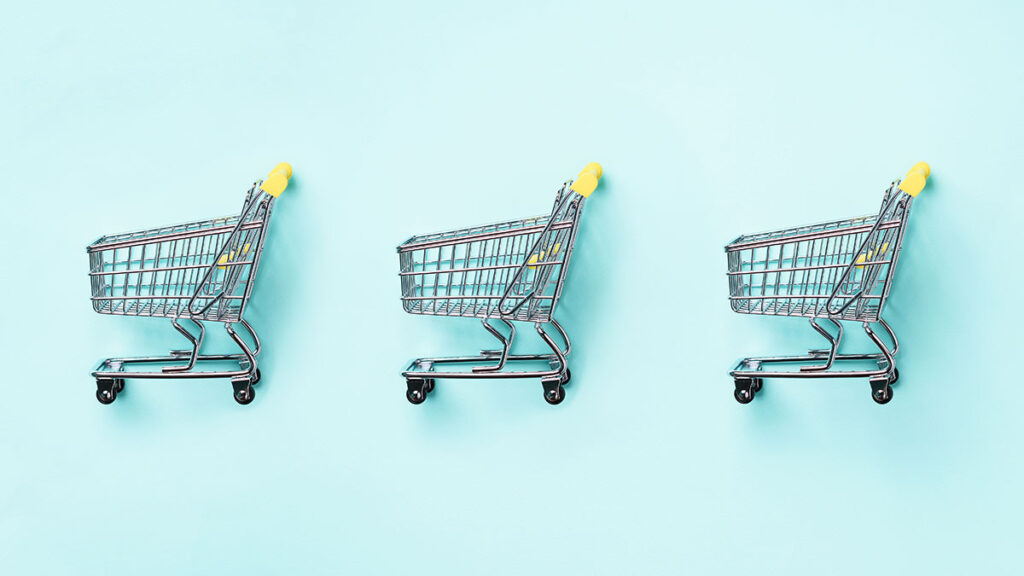
Consumer behavior during the global pandemic of 2020 is proving difficult to absorb for many businesses. Fraught with the risk of infection, restricted business hours, and massive unemployment, the average shopper has reallocated their purchasing power online. The virus has impacted traditional brick-and-mortar retailers in the United States particularly hard and bankruptcies are on the rise as a result.
How Will 2020 Impact Trends in 2021?
A popular theory has been that the retail world was already experiencing an overhaul based on demographics. More people reside alone. This leaves less time for shopping in person. With increasing connectivity and on-the-go attitudes, it is natural for shopping to gravitate towards handheld apps and home deliveries.
Consumers have become savvier about how they go about shopping.
Additionally, consumers have become savvier about how they go about shopping. Prices and online reviews are easily compared in a matter of minutes. This creates an opportunity for disruptors to undercut competitors in a range of categories, such as price, customer service, and speedy delivery.
According to a recent interview done by Harvard Business Review with Marc-Andre Kamel, a partner who heads the global retail practice at Bain & Co, these retail trends existed before the momentous events of 2020. Rather than creating new trends, it is reasonable to conclude that recent events merely accelerated existing trajectories.
Which Retailers Were Set Up for Success in 2020?
Naturally, online retail giants like Alibaba or Amazon entered the tumultuous year with enough resources to weather the storm. But what about smaller retailers? Many haven’t fared so well, but what about the ones that have? There are four prototypes necessary to maintain a sustainable position.
Regional Gems: These companies find their strength where their larger competitors are not prevalent. Protected by their ties to the regional consumer base and culture, their business model is thriving. Due to the relative novelty of online shopping in these areas, it is difficult to project how these companies may fare against emergent business models.
Hitchhikers: With a flair for creativity, these companies rely heavily on branding status to appeal to consumers. While these retailers could not hold their own against a company like Amazon, they can profit by riding those coattails.
Value Players: It seems simple, but keeping prices low ensures stability during a widespread financial crisis. Aldi, TJ Maxx, and Burlington are a few examples.
Scale Fighters: The final possible precursor to success in 2020 is size. Retailers like Walmart have the heft and established consumer base to fight other ecosystems.
Which Retailers Lacked Positioning?
With cash flow reduced for most shoppers and a focus on buying online, many retailers found themselves at a disadvantage while simultaneously needing to change their business model to survive. Shifting shrinking resources is a challenge for any business. Trying to do that while restructuring a business during a global crisis borders on the impossible.
Legacy Laggers: Aptly named because they are often some of the more visible household names (and they’re falling behind). Facing immense pressure from both the market and shareholders when profits plummet, many of these companies choose to consolidate. Many doomed department stores could survive as something reinvented by re-imagining ambitions and joining forces.
Unsustainable Innovators: These exciting new entities face a dead-end when it comes to profitability. They either perish during growth or gain the attention of a previously mentioned Scale Fighter who wishes to absorb their knowledge.
Is It Reasonable to Expect a Retail Rebound Post-Vaccine?
The trend from older to younger generations is a reduced emphasis on showy consumption and a shift towards sustainability and personal meaning. Data shows that COVID accelerated this trend and a percentage of older generations have adopted their children’s shopping habits. This is a sign that a retail rebound is not likely.
These profits have exceeded any business lost during the quarantine.
Meanwhile, consumer data from the East suggests that shoppers are eager to buy. China, which had a more comprehensive response to the pandemic than the United States, has emerged from lockdowns and enjoyed a surge in retail activity. While this was seen mostly online, those who browsed were more likely to take their carts to checkout. These profits have exceeded any business lost during the quarantine. China did previously outpace the US in luxury purchasing, however, so this trend may not translate to an accurate projection for the Western market.
Can the Ecosystems Fail?
According to Harvard Business Review, Amazon will invest $100 billion more than any other top 10 retailers globally. Add to that their history of successful innovation, and they’re more likely to drive consolidation than a stall in growth.
While Amazon has a robust consumer base relying on them for online purchasing, part of what made them so successful in the 2020 pandemic is the nearly doubling number of Hitchhikers that sell their products on its platform. In fact, one of the only major obstacles Amazon faces right now is keeping deliveries timely amidst such prolific demand.
For smaller retailers, keeping pace with e-commerce giants will be a difficult task, but it is possible through innovation, creativity, and a weather eye on consumer trends.
Retailers are not the only ones struggling with the new economy. If you are a shipper trying to overcome the impending obstacles of COVID-19, our team of experts are available and ready to help. Contact us today!




